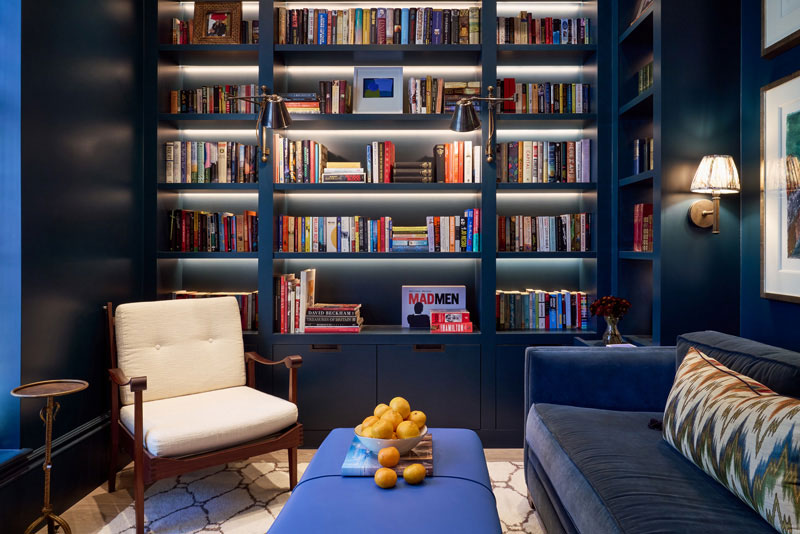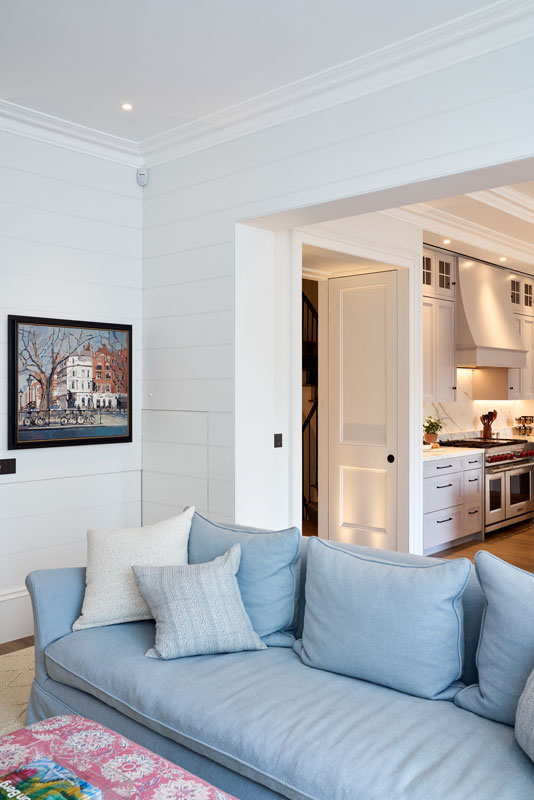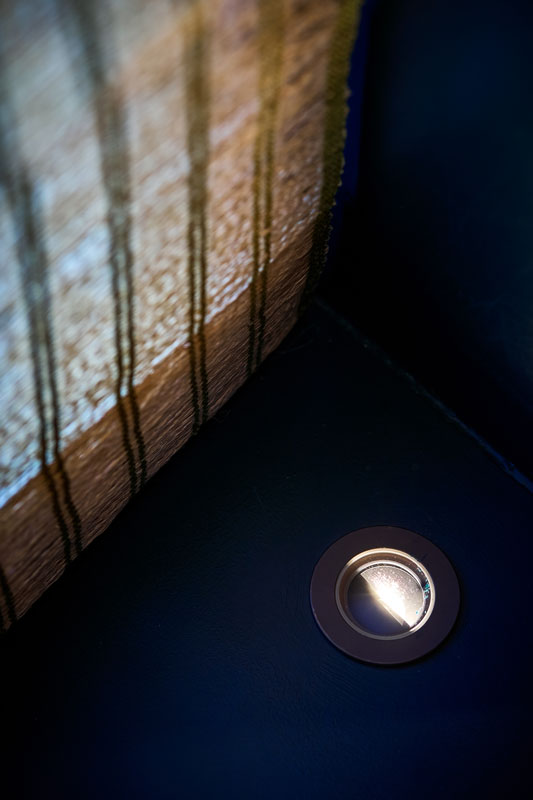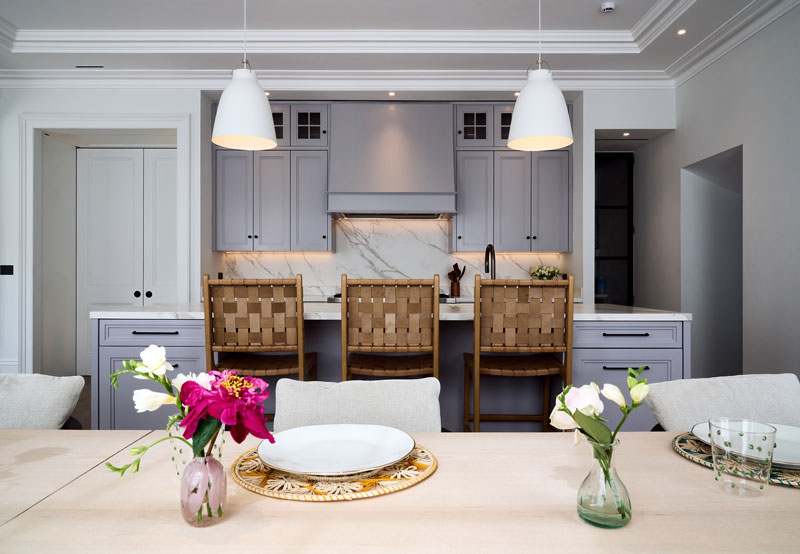When creating a lighting scheme for a space, one of the key considerations is the vital role that lighting plays in interior design. Lighting integrates with the overall interior design to seamlessly highlight architectural features, maximise heights, accentuate key furniture or artwork, and balance the space to create the right atmosphere.
Here are Truly Lighting’s key considerations on the role of lighting in interior design:
- Lighting type and function
To create a balanced environment which accentuates the overall interiors, a design should take into account the four main types of lighting – ambient, accent, task and decorative.Ambient lighting provides the overall level of illumination, creating a comfortable level of brightness and a relaxing atmosphere. Accent lighting highlights key features in a space, including focal architectural details and furniture. Task lighting is direct, providing bright lighting for activities such as cooking or working, whereas decorative lighting accentuates a design by adding artistic elements and contributing to the overall aesthetic style.
Layering these types of lighting brings harmony to a space and ensures that the overall design and architectural features are well-balanced and complemented.

- Lighting fixtures
When selecting fixtures, you should take into account not just their quality, but also their aesthetic value and how they will either blend into or contrast against the interior design. Select a range of fixtures which meet the needs of the space, such as downlights, wall lights, pendants, lamps, and architectural feature lighting, taking into account their size and shape and where they will be positioned in the room.To create a well-balanced lighting scheme, a variety of fixture types, sizes, and placements will layer the lighting throughout the space. This will maximise on both functionality and ambience.

- CRI and colour temperature
The quality of the lighting has a big impact on the space in terms of brightness, colour, and mood. When selecting lighting, the colour temperature and consistency will impact the mood and bring out the colours and textures of the design. A high-quality fitting with a CRI above 90 will offer the most natural light and best replicate the true colour of the interiors, accentuating the tones of rich reds, blues and greens.Colour temperature should vary depending on the lighting type – for architectural or task lighting, a cooler temperature of around 2700K is suitable, whereas ambient and decorative lighting works best at a warmer temperature such as 2400K. Creating a harmony between the different lighting types can be achieved by using varied temperatures to best accentuate individual features and areas.
- Lighting and design trends
Lighting can go hand in hand with interior design trends, marrying up the aesthetics of the space. For example, biophilic lighting focuses on introducing nature into interior environments through bright, natural lighting. This approach works well with natural materials and colours, to create a sense of earthiness and relaxation.For a sleek, modern design, smart lighting systems can elevate a space by allowing the user to remotely or automatically control the brightness, colour temperature, and set scenes to create their perfect lighting environment.

For designs with sustainability at the forefront, sustainable lighting promotes energy saving through LED bulbs, smart lighting controls and lower energy consumption. Eco-friendly lighting can add to a sustainable project and increase its carbon savings even further, to give clients peace of mind that every aspect of the design has been considered with this in mind.
These are just some of the key considerations to make when deciding how best to marry lighting and interior design in your home.
For your next project, contact Truly Lighting to see how we can make a difference with a bespoke lighting design.
